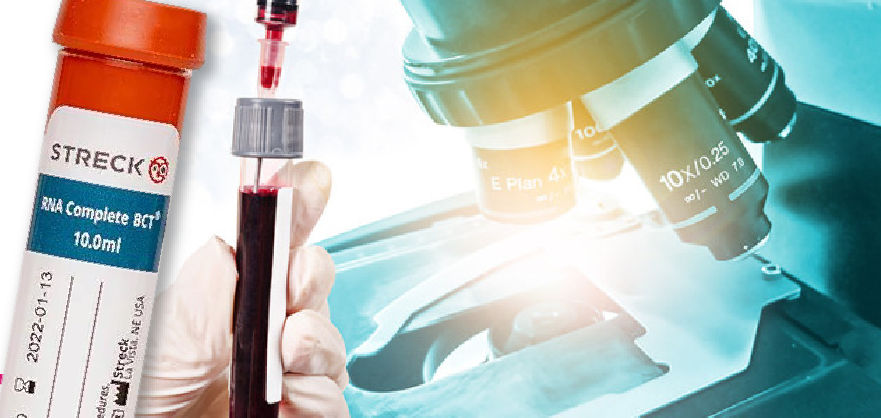FOXO1 rearrangements, 13q14
The forkhead box O (FOXO) transcription factors are considered as tumor suppressors that limit cell proliferation and induce apoptosis. FOXO1 gene alterations have been described in a limited number of human cancers, such as rhabdomyosarcoma, leukemia and lymphoma. In acute and chronic myeloid leukemia FOXO1 contributes to the maintenance of leukemia-initiating cells, while in other tumors (such as sarcomas) PAX3/7-FOXO1 oncoproteins exhibit oncogenic activity.
Although rhabdomyosarcoma (RMS) is a rare malignancy, it is the most common soft tissue sarcoma in children and young adults, accounting for approximately 8% of all pediatric cancers. Histological examination classified RMS into two major subtypes: the more common embryonal rhabdomyosarcoma (ERMS) and the rarer but more aggressive alveolar rhabdomyosarcoma (ARMS). The most common molecular signature of rhabdomyosarcoma is a loss of heterozygosity in 11p15.5, whereas alveolar rhabdomyosarcoma are usually associated with a balanced chromosomal translocation t(2;13)(q35;q14), generating the PAX3–FOXO1 fusion variant, or t(1;13) (p36;q14), resulting in the PAX7–FOXO1 fusion variant. PAX3/7–FOXO1 fusions are found in about 80% of ARMS and not in other sarcomas.
One meta-analysis has suggested that there is no significant difference in overall survival between patients with fusion positive and negative ARMS, but there are indications of PAX3–FOXO1 being an unfavorable prognostic factor rather than PAX7–FOXO1.
References:
- de Brachène, A. C., & Demoulin, J. B. (2015). Cellular and Molecular Life Sciences, 1-14.
- Kubo, T., Shimose, S., et al. (2015). Critical reviews in oncology/hematology,96(1), 46-53.


